
Winter 2021
Who is SBM? Characterizing our Membership
Claire C. Conley, PhD✉; Loneke Blackman Carr, PhD, RD✉; Scherezade K. Mama, DrPH✉; and Danielle Arigo, PhD✉; SBM Membership Council

SBM is the nation’s premiere multi-disciplinary society promoting rigorous behavioral medicine research and its application to practice and policy. In the past five years, the Membership Council has made an explicit commitment to diversity and inclusion, working to capture multiple dimensions of diversity across our membership, including race, ethnicity, gender identity, sexual orientation, language, culture, religion, mental and physical health, class, education, immigration status, and professional discipline. As a result, we can better understand who SBM members are, and where we need to work to increase diversity.
Below are data on who we are. For this article, we focus on race and ethnicity, gender identity, and discipline. Some of the numbers might surprise you!
Student members are a critical component of SBM.
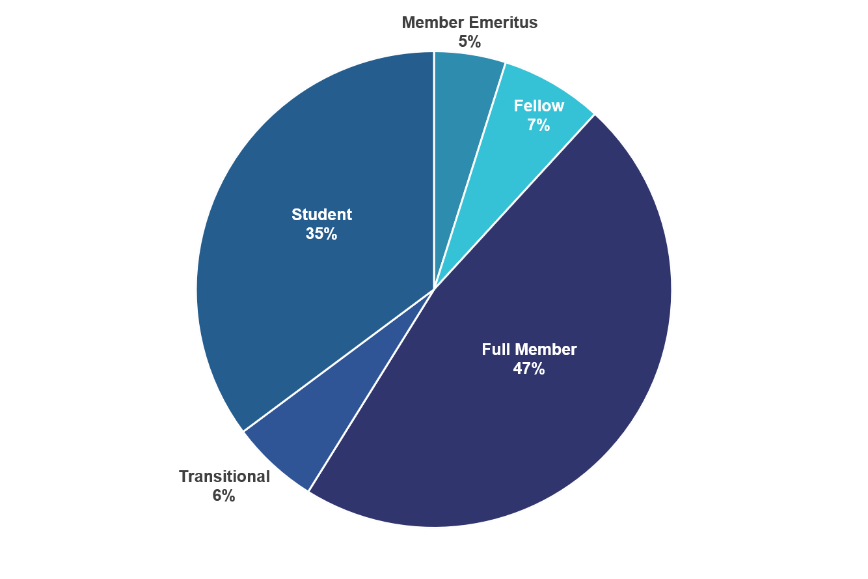
Full Members make up the largest group, and Students come in a close second – nearly 1 in 3 SBM members is a student!
“Transitional Members” are those who have graduated or completed training within the last 2 years. They’re in the process of moving from Student to Full membership. These early-career folks – along with our students – are the future of SBM!
Most SBM members identify as women.
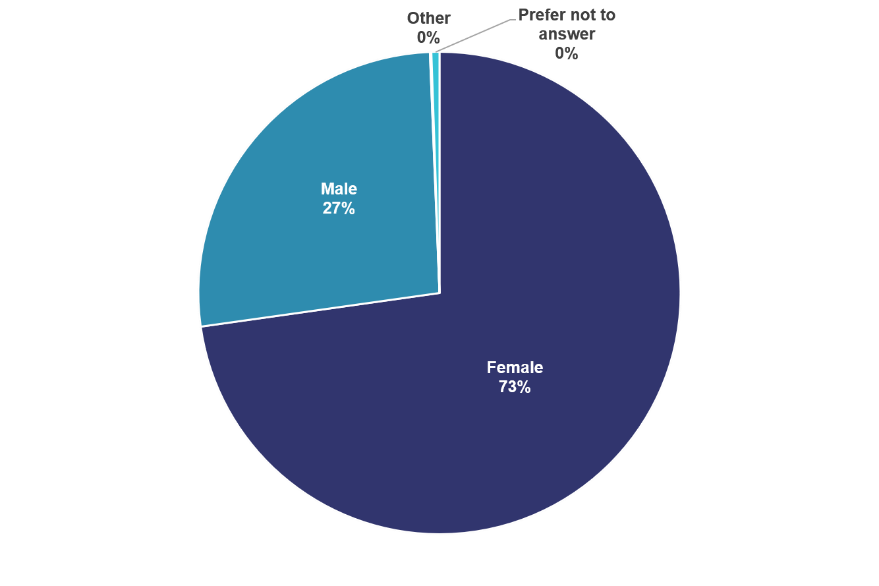
Nearly 3/4 of SBM members identify as women, but this varies by membership type.
Only 35% of Emeritus Members and 50% of Fellows are women. In comparison, women make up 85% of Transitional Members and 80% of Student Members. This may reflect the increasing number of women in the U.S. who are working towards or receiving graduate degrees.
About 14% of SBM members belong to a racial/ethnic group that is historically underrepresented in science.
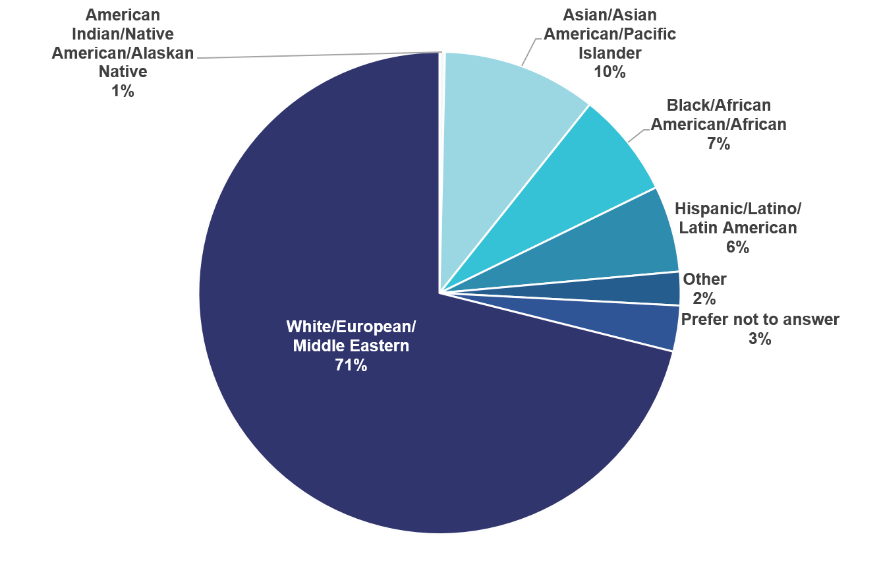
Most SBM members are non-Hispanic White (71%). The next most common racial/ethnic identity is Asian, Asian American, or Pacific Islander (10%).
However, SBM also includes members from groups who have historically been underrepresented in science, including those who identify as Black/African American (7%), Hispanic/Latino (6%), or American Indian or Alaskan Native (1%).
Race and ethnicity of SBM membership also varies by member type. The vast majority of Emeritus Members (98%) and Fellows (92%) are non-Hispanic White. Nearly 20% of Transitional Members and 15% of Student Members identify with a historically underrepresented minority group.
SBM is a multidisciplinary organization.
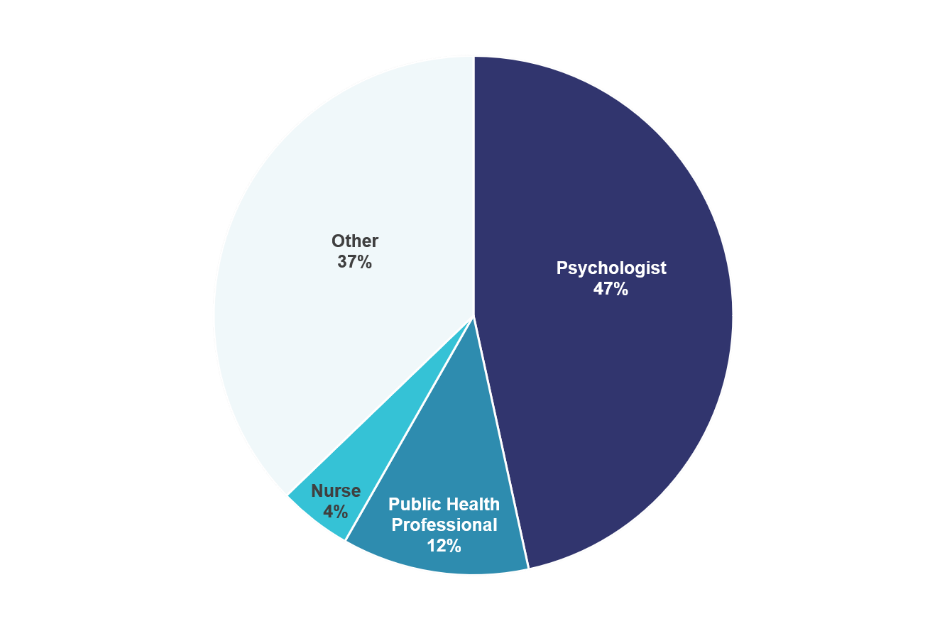
The largest professional groups represented within SBM are psychologists (47%), public health professionals (12%), and nurses (4%). But SBM includes members from over 16 different professional backgrounds!
The “Other” category here includes groups such as epidemiologists, health educators, physicians, dieticians/nutritionists, sociologists, physiologists, social workers, statisticians, anthropologists, pharmacists, geneticists, health economists, and physical therapists.
SBM members do more than just research!
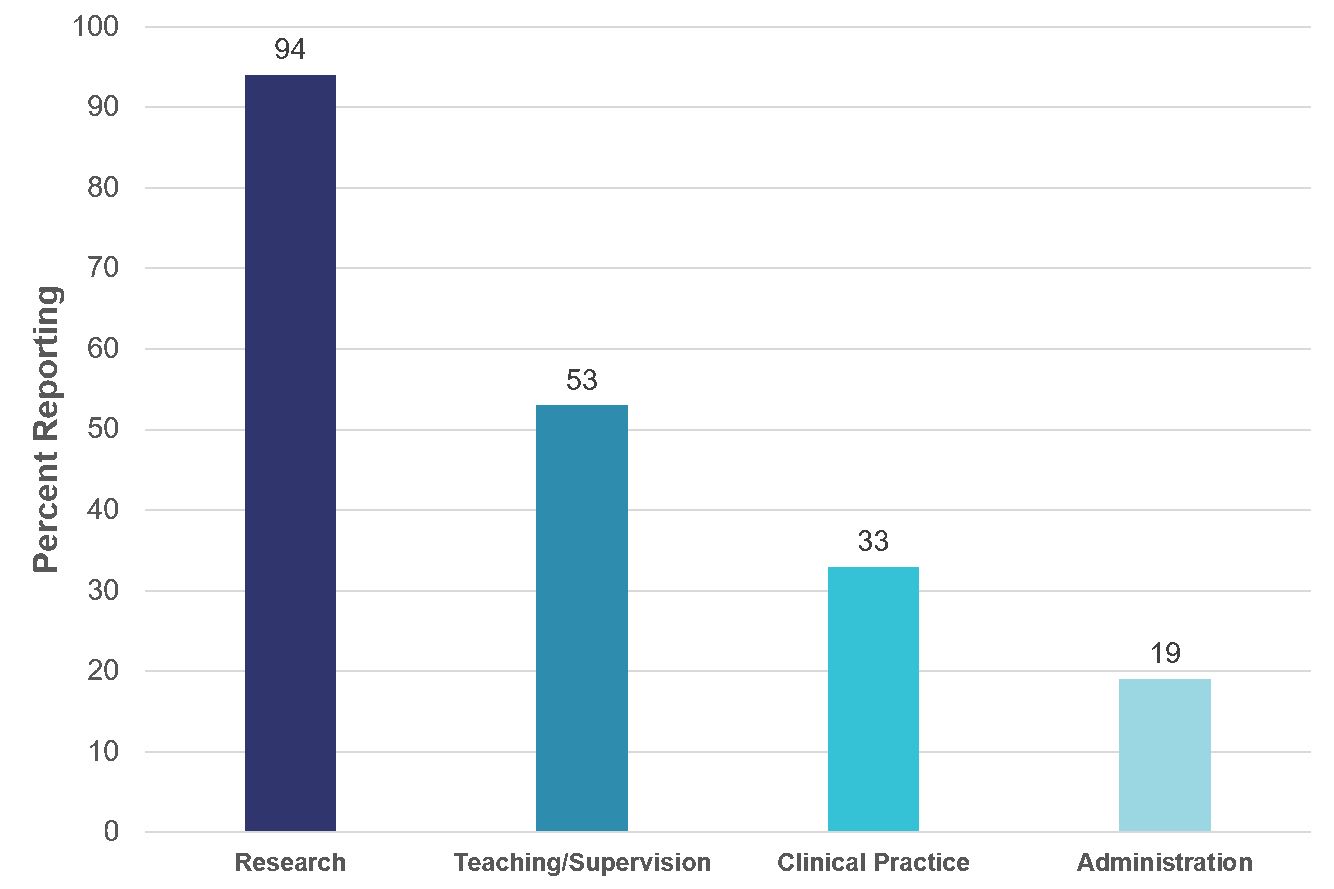
SBM is known for its Annual Meeting and the research presented there, but research is just one part of SBM members’ professional responsibilities.
In addition to research (reported as a professional activity by 94% of members), 53% of members report engaging in teaching or clinical supervision and 33% are actively involved in clinical practice. Although less common, 19% of SBM members also have a role in administration at their institutions.
Moving Forward
As these data demonstrate, SBM is a highly multidisciplinary organization, but we have some work to do to grow our organization. The Membership Council continues to work toward increasing member diversity and monitors these and other indicators.
You can help, too! Spread the word about our multidisciplinary group and the amazing member benefits. Together, we can make SBM a welcoming and inclusive professional home.